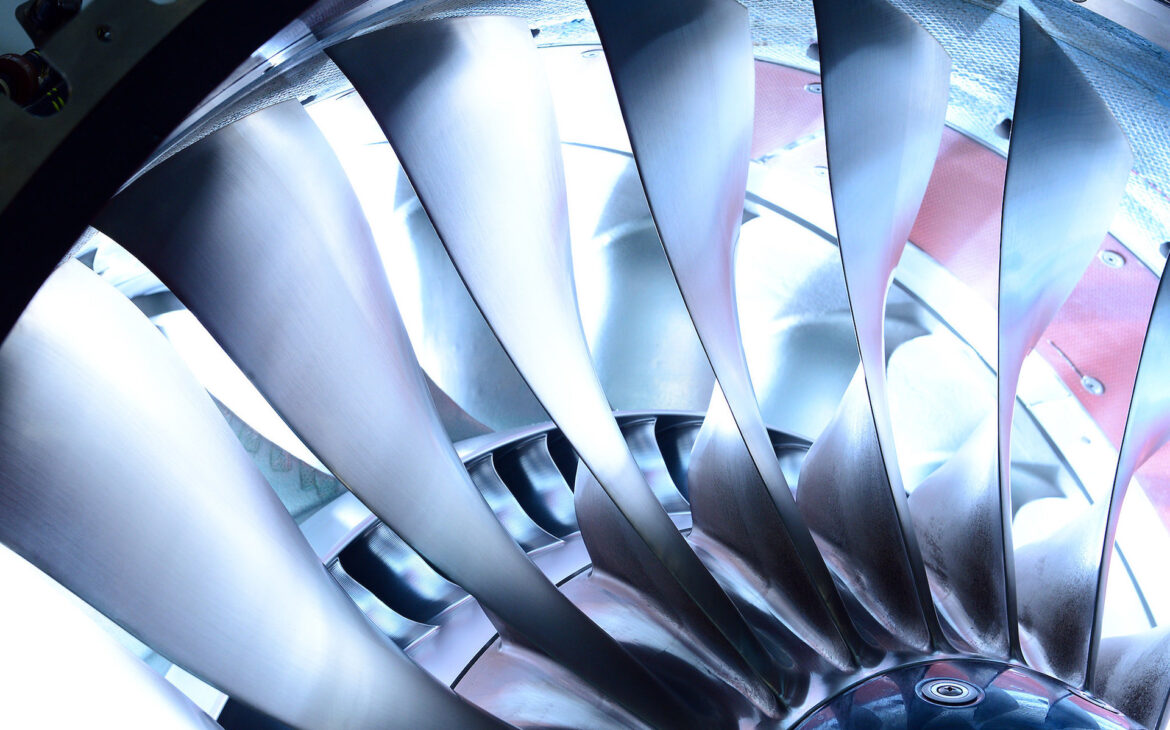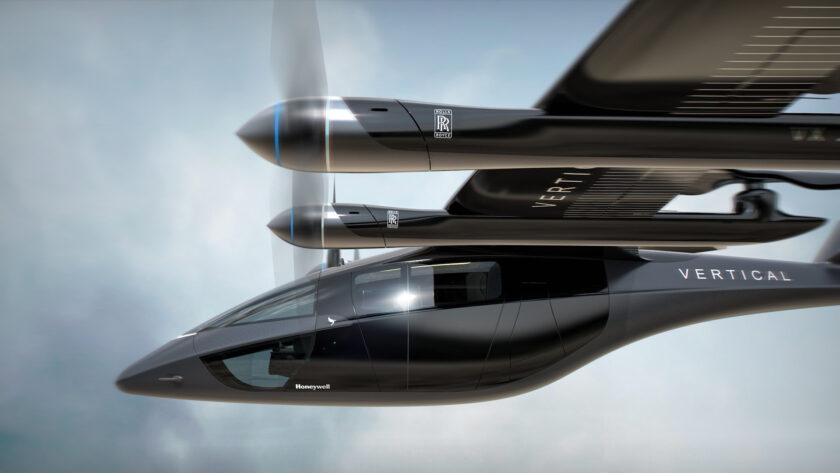Rolls Royce has committed to achieving net-zero carbon emissions by 2050, starting with aircraft engines adapted to run on biofuels.
As a manufacturer of machinery for the aviation, shipping, and power generation industries, Rolls Royce is well aware its products power some of the most carbon intensive parts of the global economy.
By 2023, Rolls Royce says all of its civil aero engines currently in production must be compatible with 100-per-cent sustainable aviation fuels, contributing to the UN’s Race to Zero breakthrough goal for sustainable aviation.
At the same time, the company says it will work on “science-based” targets to reduce the lifetime emissions of new power systems products it sells by 35 per cent by 2030.
Besides the move to sustainable aviation fuels, Rolls Royce is also ramping up its research into all-electric aviation, moving from demonstrators to commercial deals like that with UK’s Vertical Aerospace in urban air mobility, Italian airframer Tecnam and Norwegian airline Wideroe in the all-electric commuter aircraft sector.
The company is also testing the most powerful hybrid-electric propulsion system in aerospace.

“We pioneer power that is central to the successful functioning of the modern world and to combat the climate crisis, that power must be made compatible with net zero carbon emissions,” said Warren East, CEO at Rolls-Royce.
“This is a societal imperative as well as one of the greatest commercial and technological opportunities of our time. Our products and services are used in aviation, shipping and energy generation, where demand for power is increasing as the world’s population grows, becoming increasingly urbanised, more affluent and requires more electricity.”
East says there is no single solution to reaching net zero, so the company is innovating across multiple areas simultaneously.
“However, the pace and prioritisation of technological solutions, as well as global consistency and collaboration in policy, will also be key to success. Consequently, we are expanding our collaboration with partners, industry leaders, and governments across the three critical systems in which we operate – transport, energy, and the built environment – to accelerate progress.”



